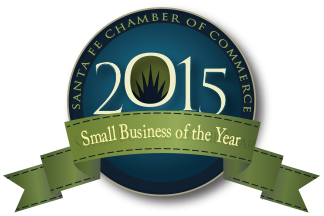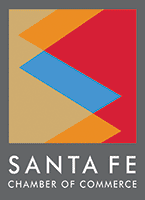27 May Resource Roundup – 8 Reopening Strategies for Businesses
Businesses reopening amidst uncertainty regarding regulations and safety are facing some challenging operating decisions. The U.S. Chamber of Commerce shares these eight strategies to reopen safely.
Beefing up delivery, takeout and curbside
Restaurants and retail stores have been hit hard by COVID-19, so those operations are making big changes to try to survive this challenging environment.
In the restaurant world, many joints reopening are keeping dining rooms closed (even if they are allowed to open), and instead they’ve added improved delivery and takeout options to better serve wary customers. For example, in Georgia, restaurant dining rooms are allowed to reopen, but many noteworthy restaurants have created robust delivery and takeout options.
As for retail stores, they are beginning to test out new ideas such as curbside pickup. For example, the Mall of America in Minnesota now “offers curbside service from over 20 retailers, including Nordstrom, Legacy Toys, and Cinnabon” with two pickup locations.
Converting shared spaces into enclosed ones
While open-office plans have been all the rage in recent years, these types of offices often don’t offer enough separation to meet new social distancing standards. This may encourage many large office buildings to return to cubicles or add plastic dividers between desks that can create a similar separation effect. Some businesses are predicting new dividers could be as tall as 80 inches high to isolate germs.
“You’re gonna see a lot of plexiglass,” Michael Boonshoft of real estate company Cushman & Wakefield, which is helping offices prepare for this new office reality, told Wired. “Having that divider will make people feel safer. That shield between desks will be really important.”
Extra sanitation
Health concerns remain top of mind while the threat of COVID-19 remains, so many businesses that are reopening are touting extra cleaning and sanitation. Bed Bath & Beyond, for example, has said its locations will provide cart wipes and hand sanitizer dispensers in its stores as part of its enhanced cleaning protocols. Its employees will be also be required to wear masks and practice social distancing.
COVID-19 testing for employees
One way some large employers plan to reopen with some sense of security is by providing COVID-19 testing to employees. For example, Station Casinos in Las Vegas has announced a free testing program with the intention to test all 14,000 of its employees before they return to work. On a larger scale, Seattle-based Amazon has announced it is setting up a system for testing workers around the U.S.
One strategy to open offices around the country is to do it slowly, with waves of employees allowed to come back at a time.
Gradual re-entry to the workplace
One strategy to open offices around the country is to do it slowly, with waves of employees allowed to come back at a time. West Palm Beach, Fla.-based clothing brand U.S. Polo Assn., plans to invite five or six employees back in its first wave.
“We’ll start with a handful of people, and evaluate the week, and add a few more people,” J. Michael Prince, President and CEO of U.S. Polo Assn and U.S.P.A. Global Licensing Inc., told WWD. “I don’t think we’re fully functional until mid-June.”
Staggered work shifts
One way reopened companies have made social distancing easier has been to create staggered shifts, so fewer people are working or socializing in tandem. One high-profile example of a company using modified shift scheduling is Boeing, which has implemented staggered shift times for employees returning to aircraft assembly plants in Washington state. The aerospace company also said it would spread out workers more to allow them to socially distance and require them to wear masks.
Requiring workers/customers to wear masks
While various state and local governments are requiring masks for people who can’t social distance, some stores and offices are requiring masks for workers and customers as well in order to safely reopen. For example, Dunedin, Fla.-based Achieva Credit Union said it will require all employees to wear masks in all communal areas, but face coverings won’t be necessary in cubicles.
Temperature and health checks
As fever is one of the most common symptoms of COVID-19, temperature checks are a relatively simple way to make sure sick employees can’t come into the office or sick customers can’t come into your place of business. While this has not been widely adopted yet, some businesses have added or announced temperature checking.
Southfield, Michigan automotive parts supplier Lear Corp., which has developed a manual for safely reopening manufacturing facilities, said all of its employees will receive health screenings and contactless temperature checks when entering buildings at the start of their workdays.
One prominent example of temperature checks for customers comes from Frontier Airlines, in order to attract people back to a safer environment. Travelers flying on the airline will have their temperatures checked before boarding starting on June 1.









